Home>Gardening & Outdoor>Landscaping Ideas>What Month Does Grass Start Growing


Landscaping Ideas
What Month Does Grass Start Growing
Modified: October 19, 2024
Discover the best landscaping ideas for when grass starts growing. Learn how to enhance your outdoor space and maintain a lush, green lawn. Explore expert tips and techniques.
(Many of the links in this article redirect to a specific reviewed product. Your purchase of these products through affiliate links helps to generate commission for Storables.com, at no extra cost. Learn more)
Introduction
Grass growth is a natural marvel that signals the arrival of spring and the promise of lush, green landscapes. Understanding the factors that influence grass growth and the seasonal variations in different climates can help landscapers and homeowners cultivate healthy, vibrant lawns. Whether you’re eagerly awaiting the emergence of new grass or seeking ways to promote early growth, this guide will provide valuable insights into the fascinating world of grass growth.
From the gentle warmth of spring to the intense heat of summer, the journey of grass growth is influenced by a myriad of factors, including temperature, sunlight, soil conditions, and moisture levels. By delving into these elements, we can gain a deeper appreciation for the resilience and beauty of nature’s most ubiquitous ground cover.
Key Takeaways:
- Grass growth is influenced by temperature, sunlight, soil conditions, and moisture levels. Understanding these factors helps create lush, vibrant lawns.
- Grass growth varies by climate, with temperate regions seeing growth in spring and tropical regions experiencing continuous growth. Adapting lawn care practices to each climate is crucial.
Read more: When Does Bahia Grass Start Growing
Factors Affecting Grass Growth
Grass growth is a complex process influenced by a variety of factors, each playing a crucial role in the development and health of lawns and landscapes. Understanding these factors is essential for anyone seeking to nurture lush, vibrant grass.
1. Temperature: Temperature plays a pivotal role in grass growth. Most grass species thrive in temperatures between 60-75°F (15-24°C). Warmer temperatures promote rapid growth, while cooler temperatures slow the growth process. Frost can damage tender new growth, so it’s important to monitor temperature fluctuations, especially during the transition from winter to spring.
2. Sunlight: Adequate sunlight is essential for photosynthesis, the process by which plants convert light energy into chemical energy. Without sufficient sunlight, grass growth can be stunted, resulting in thin, patchy lawns. Understanding the sunlight patterns in your landscape can help you make informed decisions about grass species and lawn maintenance practices.
3. Soil Conditions: Healthy soil provides the foundation for robust grass growth. Factors such as soil pH, nutrient levels, and compaction can significantly impact the health and vigor of grass. Conducting soil tests and implementing targeted soil amendments can create an optimal environment for grass to thrive.
4. Moisture Levels: Adequate moisture is essential for grass growth, but overwatering can lead to issues such as root rot and fungal diseases. Understanding the water needs of specific grass species and adjusting irrigation practices accordingly is crucial for promoting healthy growth.
5. Nutrient Availability: Grass requires essential nutrients, including nitrogen, phosphorus, and potassium, for healthy growth. Fertilization practices tailored to the specific needs of your grass species can ensure that it receives the necessary nutrients for robust development.
By considering these factors and implementing targeted lawn care practices, individuals can create an optimal environment for grass growth, resulting in lush, resilient lawns that enhance the beauty of outdoor spaces.
The Start of Grass Growth in Different Climates
The onset of grass growth varies across different climates, with factors such as temperature, precipitation, and seasonal transitions influencing the timing and pace of this natural phenomenon. Understanding the unique characteristics of various climates can provide valuable insights into the patterns of grass growth.
1. Temperate Climates: In temperate climates characterized by distinct seasons, grass growth typically initiates in the spring as temperatures begin to rise. The gradual transition from winter dormancy to spring awakening marks the reemergence of green hues across lawns and landscapes. As temperatures continue to warm, grass growth accelerates, culminating in the lush, verdant expanses of summer.
2. Tropical Climates: In tropical climates with relatively consistent temperatures throughout the year, grass growth is less influenced by seasonal variations. Instead, factors such as rainfall and humidity play a more prominent role in initiating and sustaining grass growth. In these regions, grass may exhibit continuous growth patterns, punctuated by periods of increased rainfall and abundant sunshine.
3. Arid Climates: In arid climates characterized by low precipitation and high temperatures, grass growth is heavily dependent on water availability. The start of grass growth may coincide with periods of increased rainfall or irrigation, providing the moisture necessary for seeds to germinate and new growth to emerge. Drought-resistant grass species are often favored in these regions to ensure the sustainability of lawns and landscapes.
4. Subarctic Climates: In subarctic climates with cold, harsh winters and brief, mild summers, the start of grass growth is delayed compared to temperate regions. As the snow and ice recede, grass begins its gradual awakening, harnessing the fleeting warmth of the brief growing season to flourish before the onset of winter once again.
By recognizing the distinct characteristics of different climates, landscapers and homeowners can adapt their lawn care practices to align with the unique needs of grass in each environment. Whether navigating the seasonal ebb and flow of temperate climates or harnessing water resources in arid regions, understanding the start of grass growth in diverse climates is essential for cultivating thriving, resilient lawns.
Grass typically starts growing in the spring, when the soil temperature reaches around 55-65°F. Keep an eye on the temperature and once it reaches this range, you can start preparing your lawn for the growing season.
Tips for Promoting Early Grass Growth
For individuals eager to encourage early grass growth and establish vibrant, resilient lawns, a proactive approach to lawn care can yield promising results. By implementing targeted strategies and best practices, it is possible to nurture the emergence of new grass and set the stage for a season of lush, green beauty.
1. Overseeding: Introducing additional grass seed to existing lawns can promote early growth and fill in sparse areas. Selecting high-quality grass seed suited to your climate and soil conditions can enhance the density and overall health of the lawn.
2. Aeration: Aerating the soil can alleviate compaction and improve air and water penetration, creating an optimal environment for grass roots to thrive. This process enhances nutrient uptake and promotes robust growth, particularly in areas where soil compaction is a concern.
3. Fertilization: Applying a balanced fertilizer in early spring can provide essential nutrients to support vigorous grass growth. Selecting a fertilizer with a formulation tailored to the specific needs of your grass species can maximize its effectiveness and contribute to a healthy, verdant lawn.
4. Irrigation Management: Consistent, deep watering can encourage early root development and promote lush, resilient grass growth. Monitoring soil moisture levels and adjusting irrigation schedules based on weather conditions can prevent drought stress and support the establishment of new grass.
5. Mowing Practices: Gradually lowering the mowing height as grass begins to grow can prevent the development of thatch and promote lateral growth, resulting in a denser, healthier lawn. However, it is essential to avoid cutting more than one-third of the grass blade length in a single mowing session to prevent stress and damage to the grass.
6. Soil Preparation: Conducting soil tests and addressing any deficiencies can create an optimal foundation for early grass growth. Amending the soil with organic matter or targeted soil conditioners can enhance its structure and fertility, providing an ideal environment for new grass to take root.
By integrating these tips into a comprehensive lawn care regimen, individuals can foster early grass growth and lay the groundwork for a season of abundant beauty. Whether revitalizing existing lawns or establishing new turf, proactive measures can yield lush, resilient grass that enhances the outdoor landscape.
Conclusion
The journey of grass growth is a captivating testament to the intricate interplay of natural elements and the resilience of plant life. From the gentle emergence of tender shoots to the lush expanses of verdant lawns, the process of nurturing and sustaining grass growth is a rewarding endeavor for landscapers and homeowners alike.
By recognizing the diverse factors that influence grass growth, from temperature and sunlight to soil conditions and moisture levels, individuals can cultivate healthy, vibrant lawns that enhance the beauty of outdoor spaces. Understanding the nuances of grass growth in different climates provides valuable insights for adapting lawn care practices to align with the unique characteristics of each environment.
For those seeking to promote early grass growth and establish resilient lawns, implementing targeted strategies such as overseeding, aeration, and proper irrigation management can yield promising results. By fostering a proactive approach to lawn care and embracing best practices, individuals can set the stage for a season of lush, green beauty that enriches the outdoor landscape.
As the first tender blades of grass emerge, signaling the arrival of spring and the promise of vibrant landscapes, the art of nurturing grass growth becomes a harmonious blend of science and creativity. It is a celebration of the natural world’s capacity for renewal and the transformative power of dedicated care and attention.
Ultimately, the journey of grass growth is a reminder of the profound connection between humanity and the living tapestry of the earth. From the tranquil beauty of a well-tended lawn to the expansive vitality of natural meadows, the growth of grass enriches our lives and our surroundings, infusing outdoor spaces with the timeless allure of nature’s enduring cycles.
Embracing the art and science of grass growth, we embark on a journey of stewardship and appreciation, nurturing landscapes that reflect the harmony and vitality of the natural world.
Frequently Asked Questions about What Month Does Grass Start Growing
Was this page helpful?
At Storables.com, we guarantee accurate and reliable information. Our content, validated by Expert Board Contributors, is crafted following stringent Editorial Policies. We're committed to providing you with well-researched, expert-backed insights for all your informational needs.
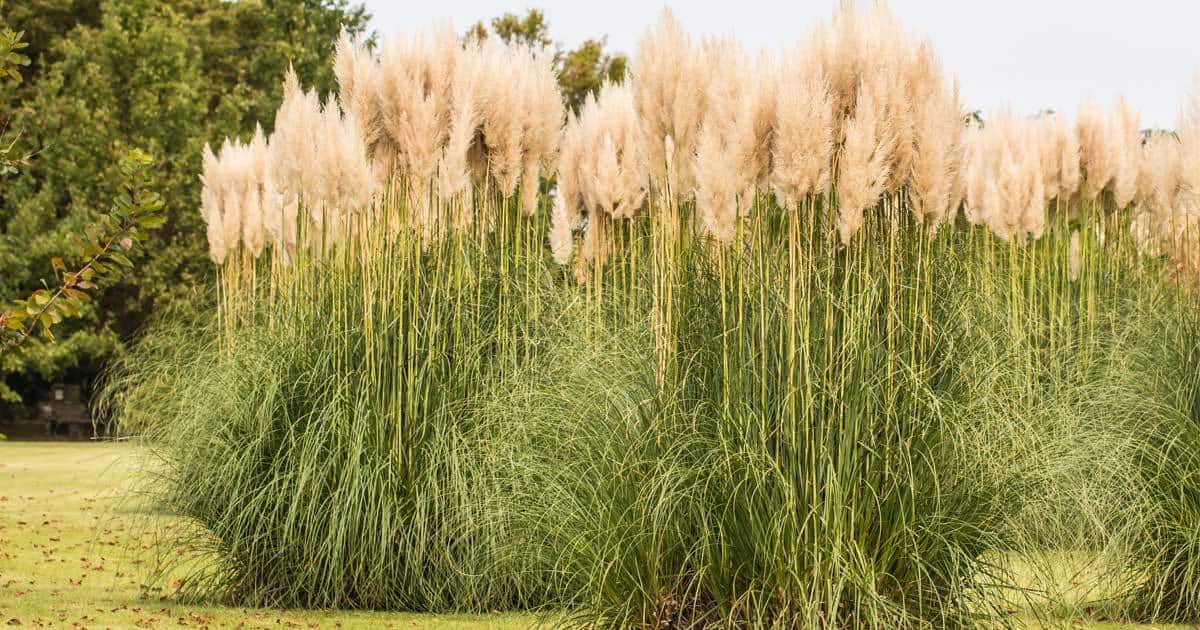


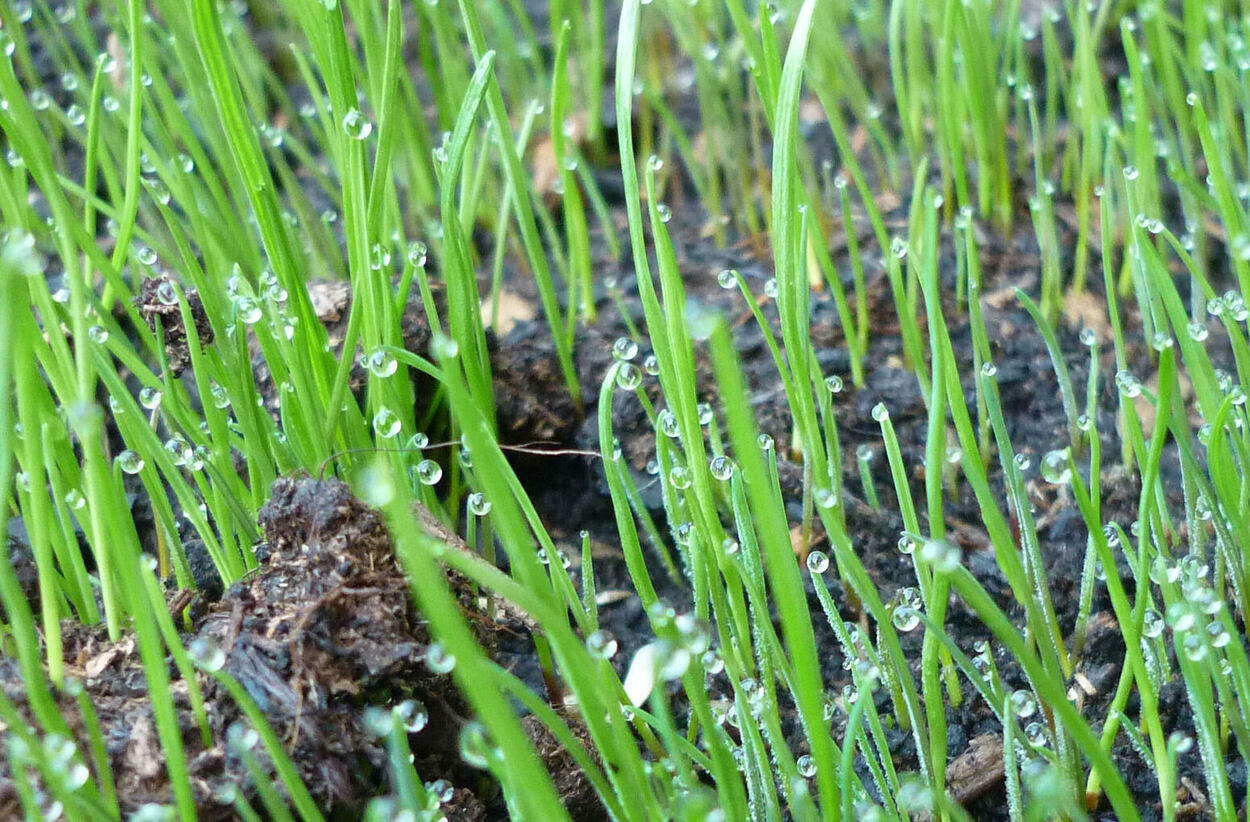
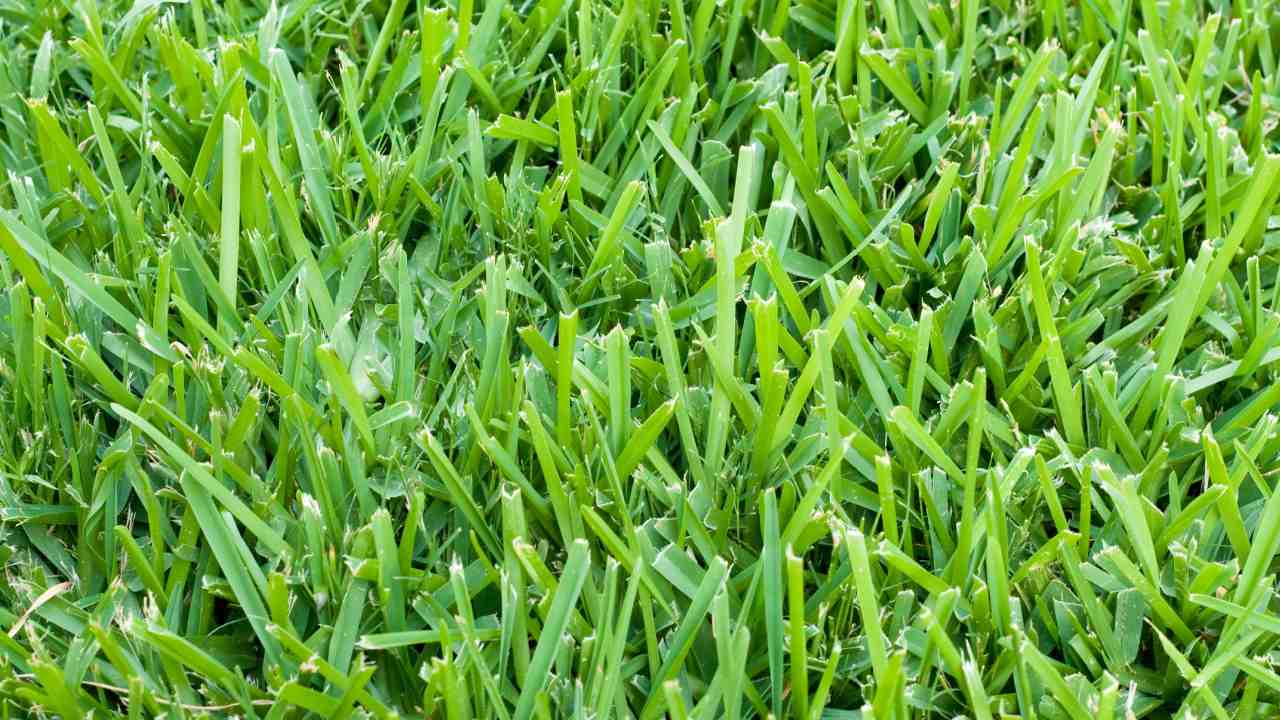
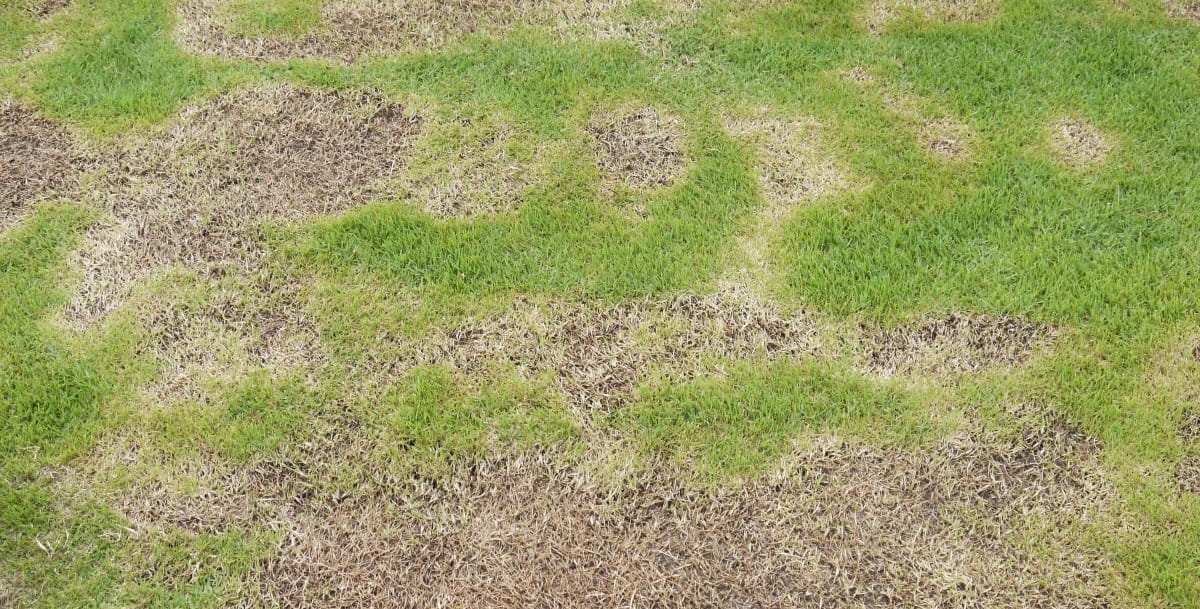
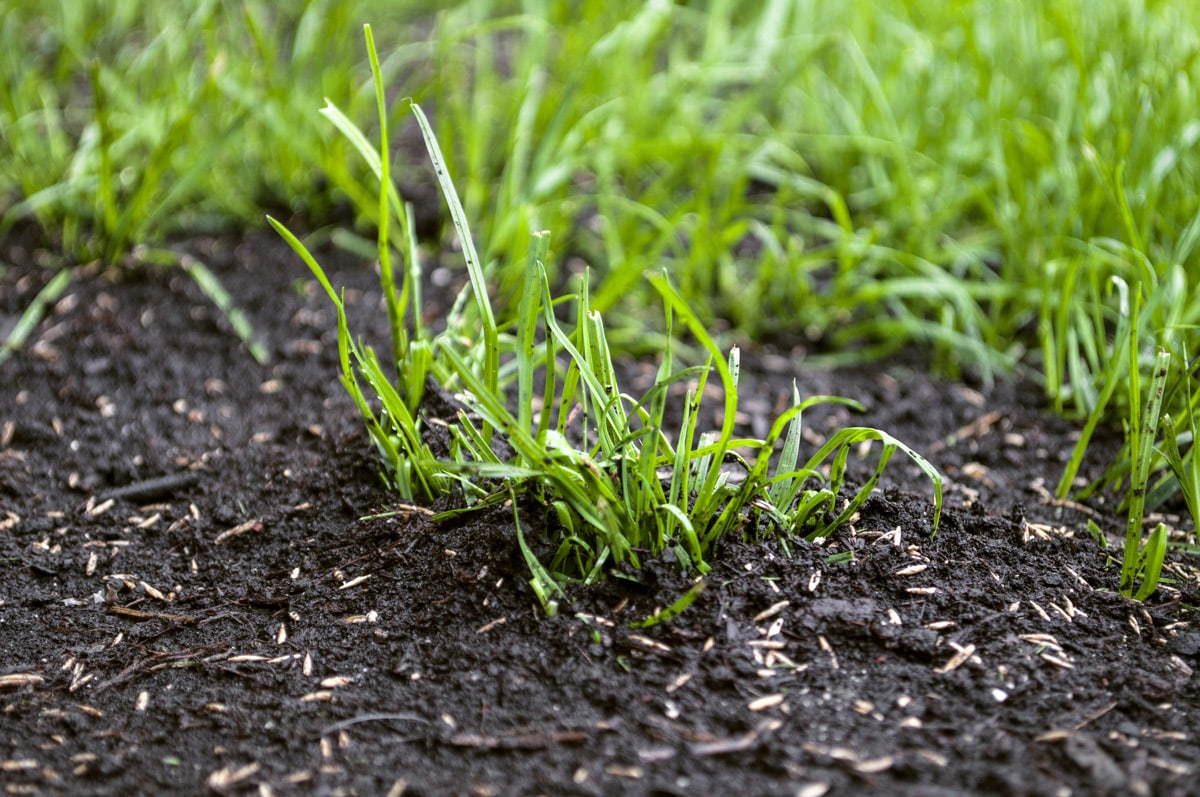
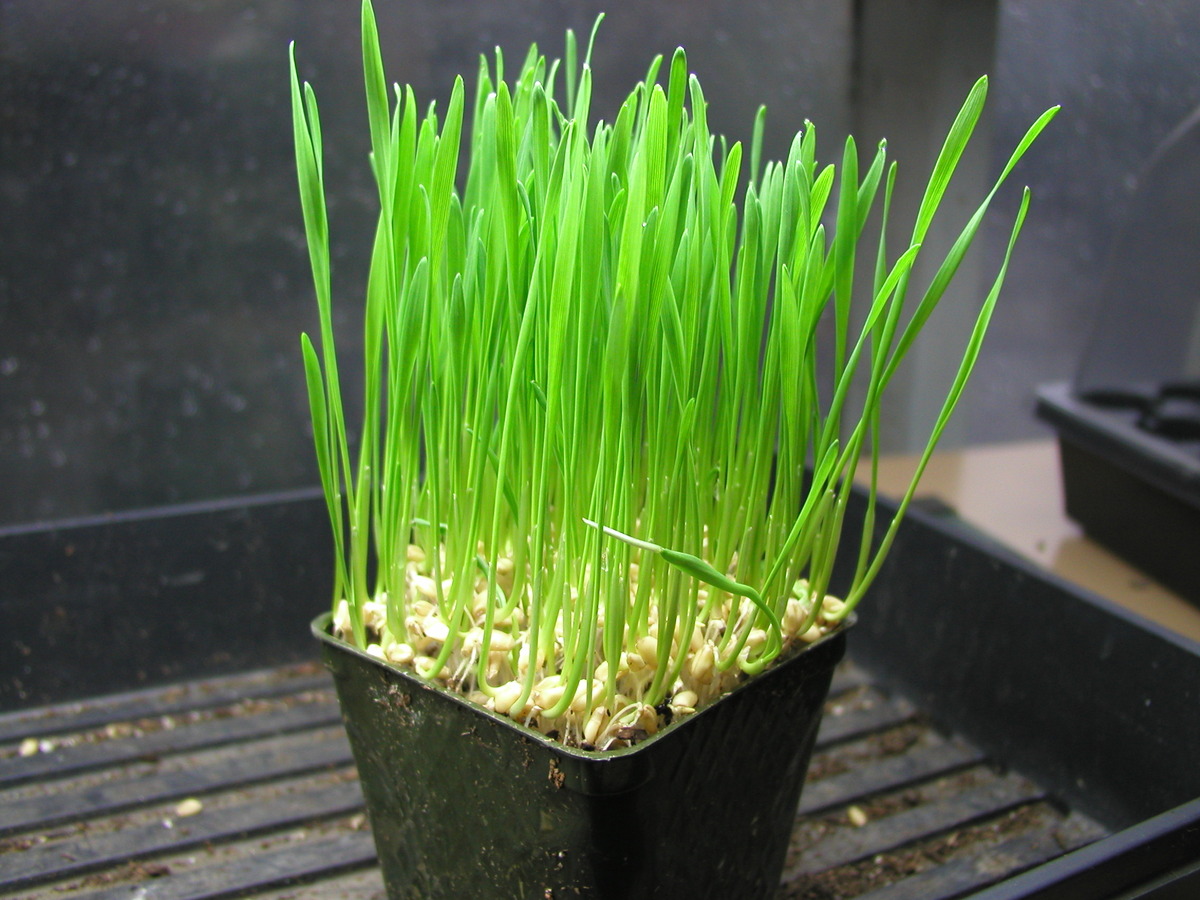
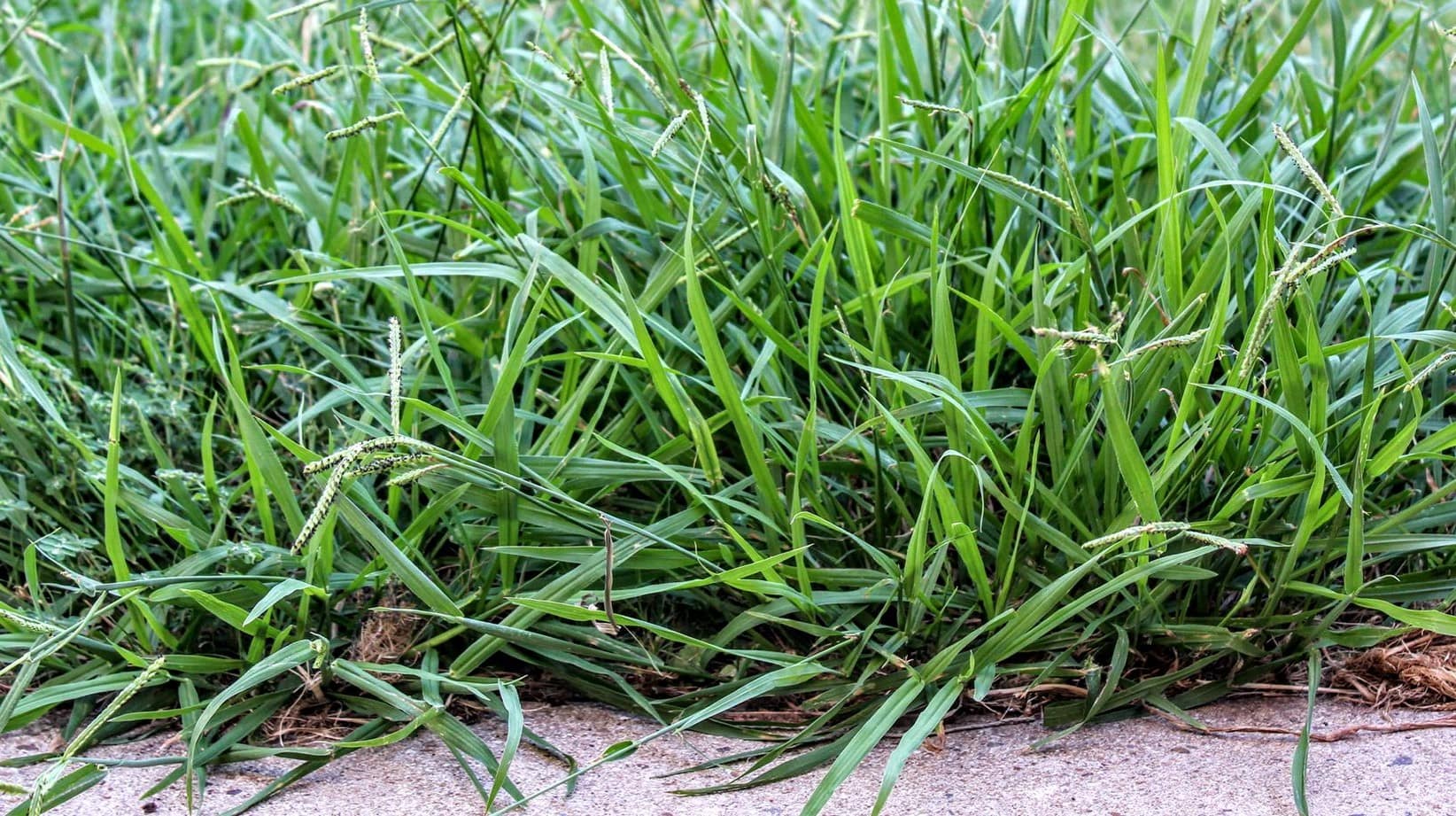
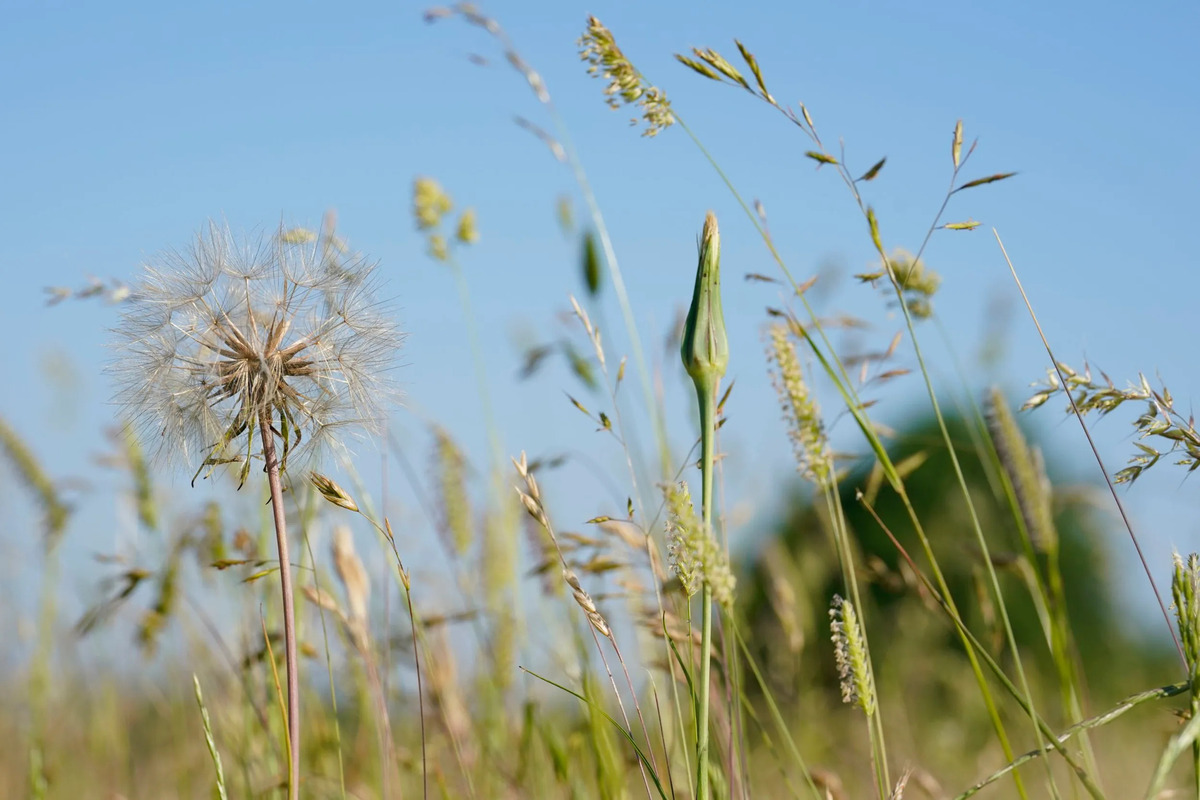


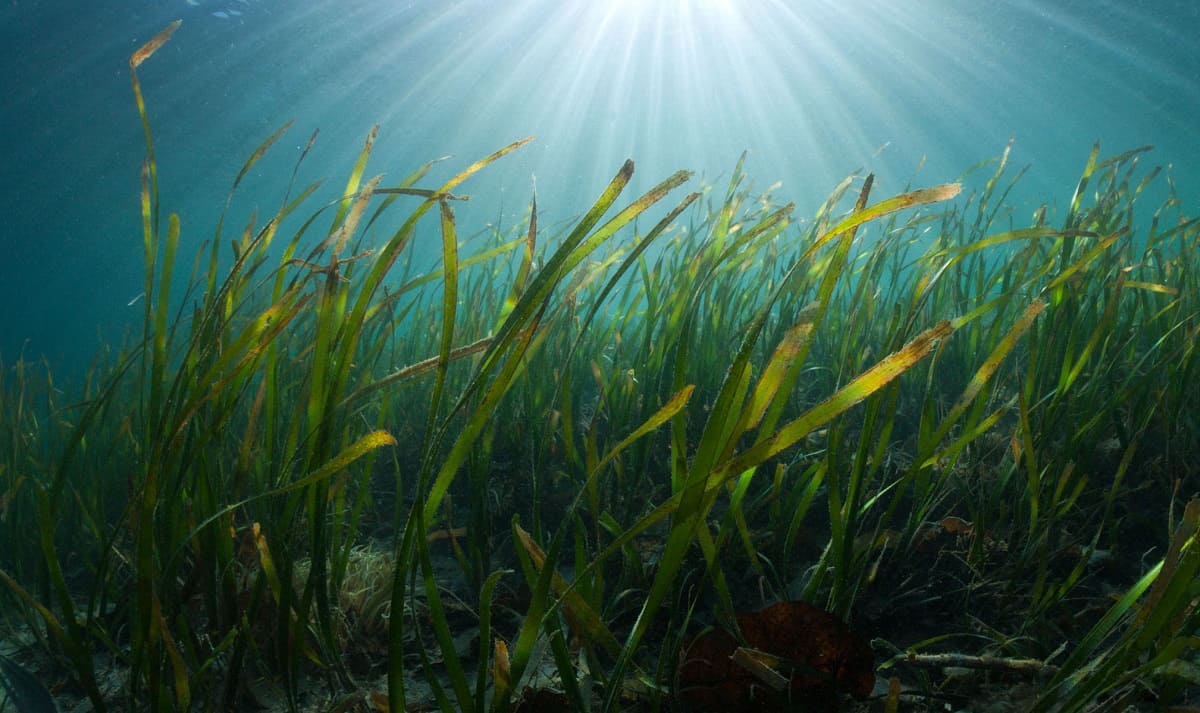
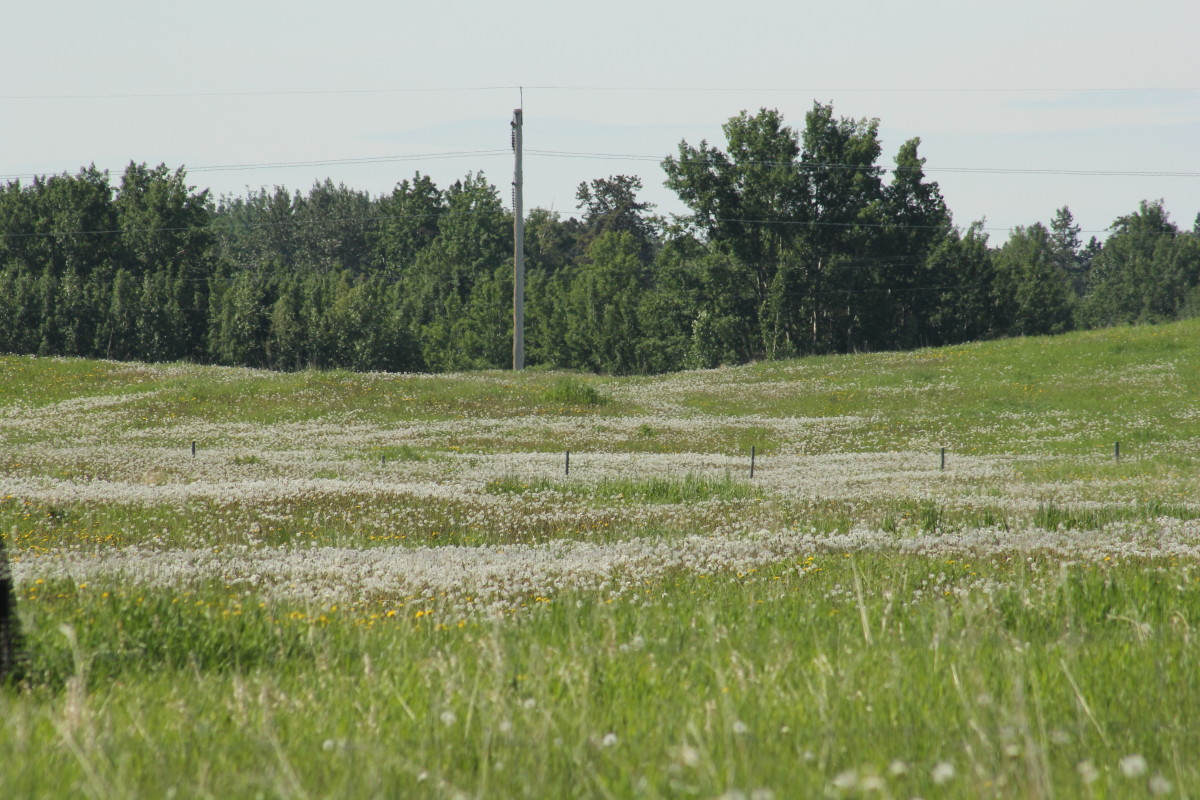


0 thoughts on “What Month Does Grass Start Growing”